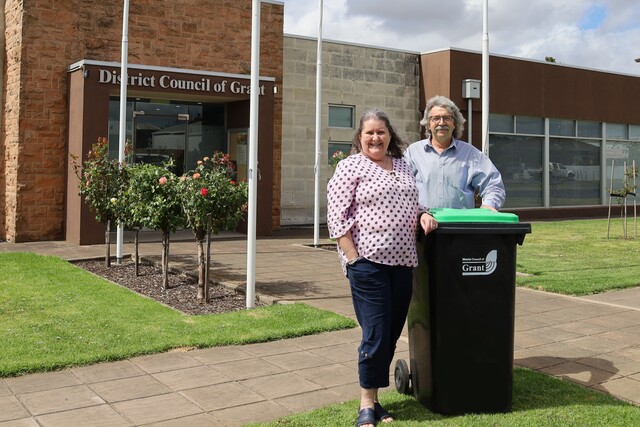By Wally Lenyszyn *
A practitioner’s view of how tourism impacts upon small communities unable to access finance and infrastructure to support or attract major development.
Small town destinations often ponder over community survival, and rightly so. Events over recent years, with the closure of banks, post offices and other community based facilities including general stores, hairdressers, and butchers, all detrimentally impact on a community’s well being.
Rural communities are also faced with unpredictable weather patterns and the need to buy up the neighbour’s property to ensure viability. The tree industry also has an impact in taking away previously fertile agricultural land that no longer needs to be looked after.
What does all this mean? A population decline that inhibits income generation for those persons providing community services. As services diminish so does local spending, which leads to the ‘vicious circle’ syndrome where there is unpredictable doom.
How many of us find ourselves regularly attending local workshops identifying the strengths of our community, in an attempt to attract new investment? We all come away refreshed with fantastic ideas that will bring in heaps of dollars and new residents. Where do we end up? Ninety five per cent of the time when the crunch comes and we need to spend dollars to implement actions, we find that we do not have the resources.
Is there an escape route? A number of proponents will argue that economic development will be the saviour, but at what cost, and will there be community acceptance.
The relationship between tourism and economic development is not new and has been studied by academics over a number of years worldwide. The proponents argue that there are considerable gains, while opponents consider that increased development leads to social problems that detrimentally impact upon communities and the environment. The secret is to find the right balance and involve local communities in the decision making process.
A recent study of 13 municipalities comprising principally small towns identified a number of interesting outcomes including the following.
- The need for professional marketing plans for local, national and international exposure.
- The need for competent and skilled staff for the promotion of local attractions.
- A greater commitment by Local Government to encourage new development, particularly from a financial perspective.
- There is reluctance for the private sector to invest in smaller communities.
- Only 33 per cent of the municipalities felt that tourism was providing a positive impact upon local communities.
- Only 58 per cent of respondents indicated that their communities did not feel threatened by the imposition of new development.
- Two of the municipalities indicated that their Council would not contribute financially towards the provision of infrastructure to accommodate new tourism developments.
Without a doubt smaller communities are in a position to develop ‘niche’ attractions at little cost, related to ecotourism, vacation farms, or heritage/cultural attractions that would stimulate economic development and trigger the multiplier effect of making the dollar go around within the community. Even if a town is not a major destination it can develop policies and programs to maximise the advantages to be gained from tourists travelling through the area.
It is not necessary for a location to have a tangible product to sell or attract visitors. If a location is able to offer a memorable experience it could be more valuable than having to spend money on a physical structure. Smaller locations with limited tourism product should take advantage of what they have and give consideration to focusing upon a certain market segment rather than trying to appeal to the broad spectrum of tourists.
* Wally Lenyszyn holds a Masters Degree in Tourism Management and currently the Chief Executive of the Shire of Kojonup in Western Australia. Kojonup has recently completed a major nationally significant Visitor Interpretive Centre at a cost of twice the Council’s annual rate income without having to rely upon ratepayer funds.







